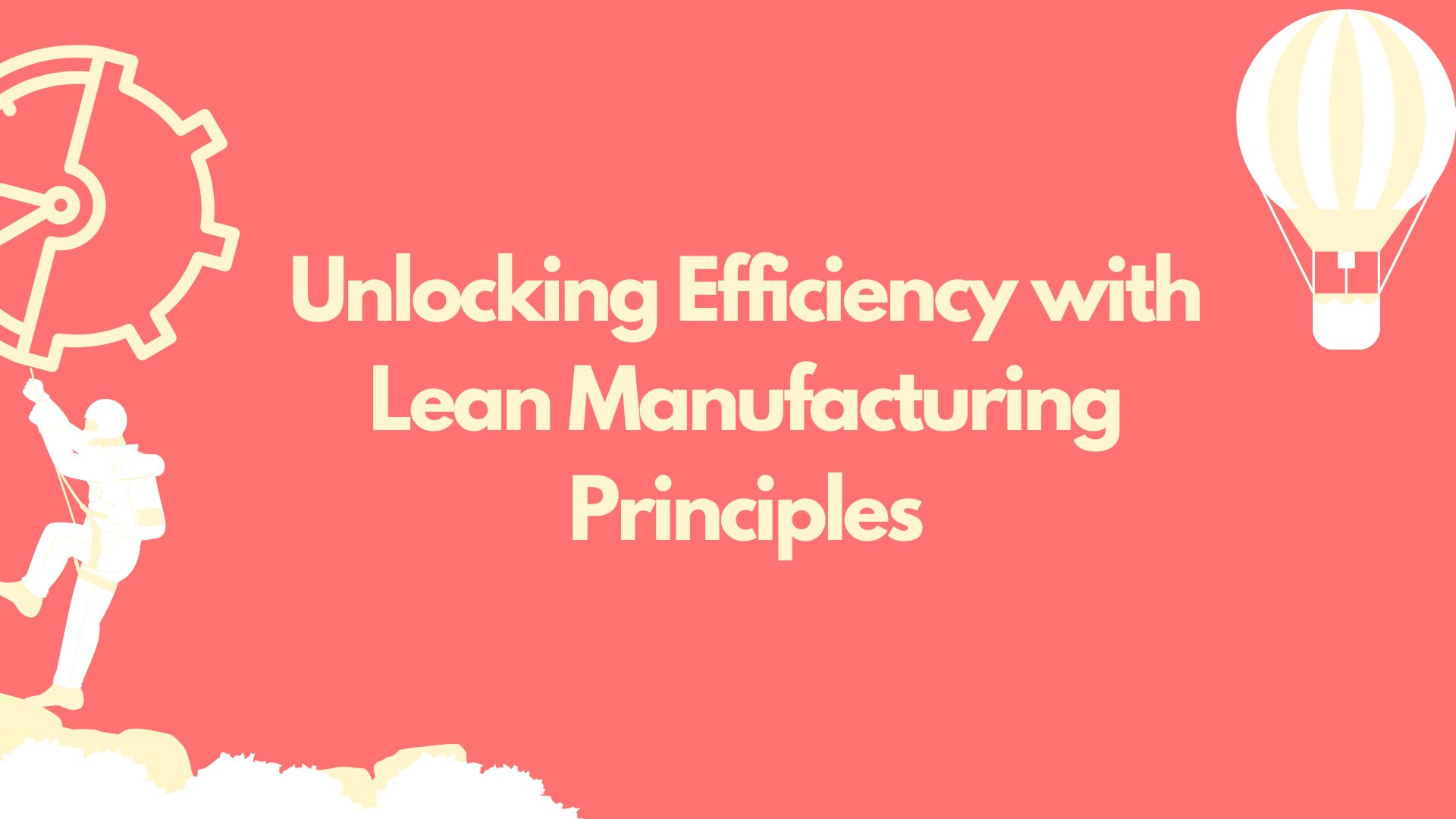Introduction
In today’s competitive manufacturing landscape, efficiency is paramount. Lean manufacturing is a methodology focused on minimizing waste while maximizing productivity. By implementing lean principles, companies can streamline their operations, reduce costs, and enhance overall quality. This blog explores the core principles of lean manufacturing, its benefits, and practical steps for implementation.
Understanding Lean Manufacturing
Lean manufacturing is rooted in the Toyota Production System and emphasizes continuous improvement, respect for people, and waste reduction. The primary goal is to create more value for customers while using fewer resources.
Core Principles of Lean Manufacturing
- Value Stream Mapping: Identify all the steps in the manufacturing process, from raw materials to finished products, and determine which steps add value and which do not.
- Eliminate Waste: Focus on reducing seven types of waste: overproduction, waiting, transport, extra processing, inventory, motion, and defects.
- Continuous Improvement (Kaizen): Encourage a culture of ongoing improvement where employees at all levels suggest and implement improvements.
- Just-In-Time (JIT): Produce only what is needed, when it is needed, to reduce inventory costs and enhance responsiveness to customer demand.
- Standardization: Create standardized processes to ensure consistency, efficiency, and quality across the production line.
Benefits of Lean Manufacturing
- Increased Efficiency: Streamlined processes lead to shorter production cycles and reduced lead times.
- Cost Reduction: By minimizing waste, companies can lower operational costs and improve profitability.
- Improved Quality: Focusing on continuous improvement helps to enhance product quality and reduce defects.
- Employee Engagement: Lean manufacturing fosters a culture of collaboration and empowers employees to contribute to improvements.
- Enhanced Customer Satisfaction: Delivering high-quality products more quickly meets customer needs and builds loyalty.
Implementing Lean Manufacturing
- Assess Current Processes: Evaluate existing workflows to identify areas for improvement.
- Train Employees: Provide training on lean principles and methodologies to ensure everyone is aligned with the new approach.
- Establish Lean Teams: Create cross-functional teams responsible for identifying and implementing lean initiatives.
- Monitor Progress: Use metrics to track improvements and ensure the effectiveness of lean practices.
- Foster a Culture of Continuous Improvement: Encourage employees to share ideas and actively participate in the lean transformation.
Case Study: Lean Manufacturing Success at [Company Name]
[Company Name], a leading furniture manufacturer, adopted lean manufacturing practices with outstanding results:
- 40% Reduction in Lead Times: Streamlined processes led to faster delivery times for customers.
- 25% Decrease in Production Costs: Identifying and eliminating waste significantly lowered operational expenses.
- Improved Employee Morale: Engaging employees in the improvement process resulted in higher job satisfaction.
Conclusion
Lean manufacturing is a powerful strategy for manufacturers seeking to improve efficiency, reduce costs, and enhance quality. By embracing lean principles, companies can create a culture of continuous improvement that drives success in today’s fast-paced market. As the manufacturing industry evolves, the importance of lean methodologies will only grow, making it essential for companies to adapt and thrive.









